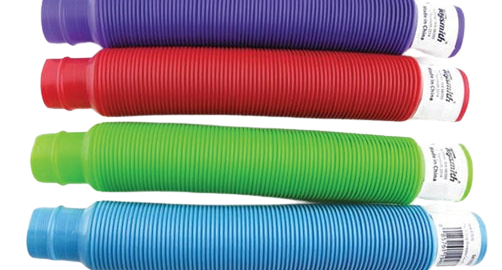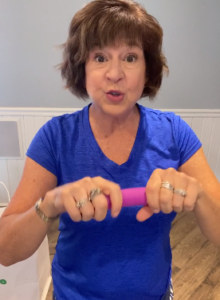Fine motor skills are vital for many functional activities like zippering our coats, writing our name, and opening lunch containers. In this post we will take a dive into fine motor skill development and explore toys and activities that are appropriate for every skill level.
Level 1
Fine motor skill development begins with the simplest hand movements; reaching, swiping, and gross grasp. As development progresses things like visually guided reach, purposeful release, and a better ability to hold medium and small sized objects develops. Poking, pointing, and the ability to use the thumb and first fingers to hold small objects are major milestones during this period. For children at this developmental stage activities that support the growth of the proximal muscles (core and shoulders) are important because it is these muscles that will support later fine motor skills. Activities that are done while on the tummy and activities that involve pushing and pulling are great choices at this stage.
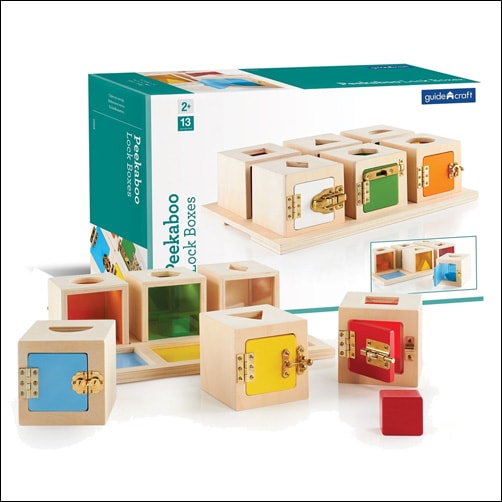
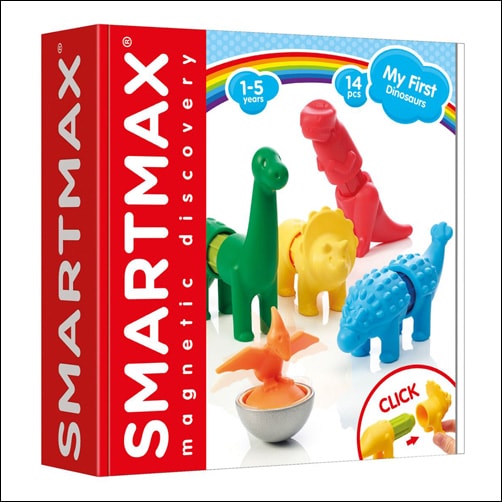
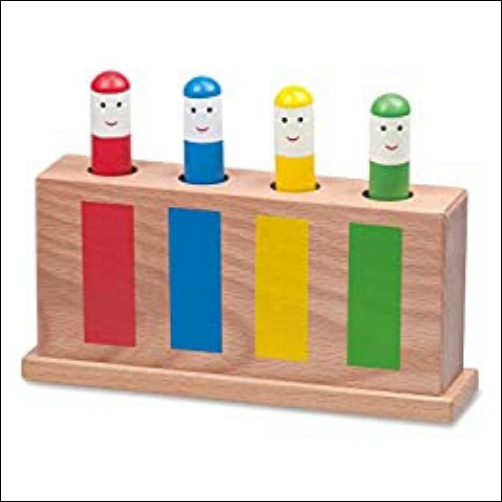
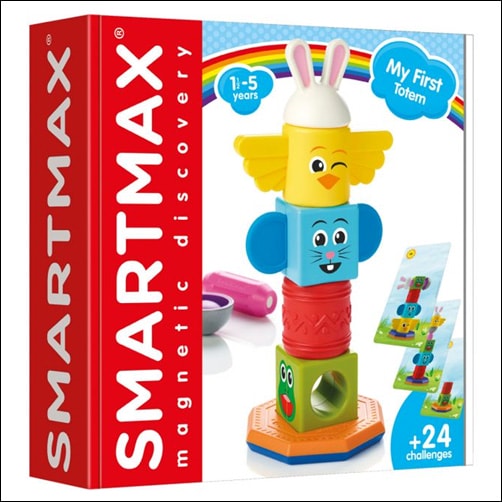
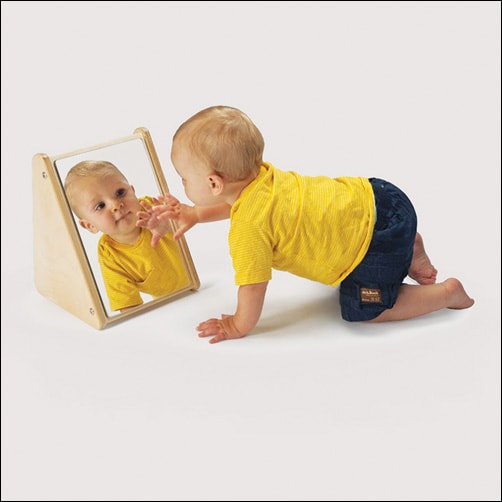
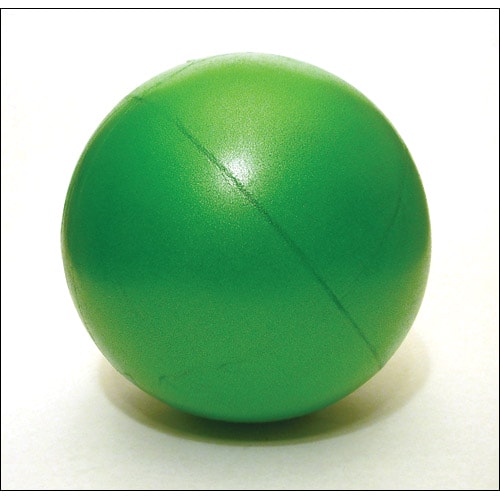
Level 2
The next stage of fine motor development is marked by the ability to begin to use simple tools like crayons, scissors, and spoons. Activities like the Smartmax games and Lock Boxes are still great choices but now simple arts and crafts, lacing, and building activities can also be enjoyed. These increasingly more complex activities will lend to the development of the hand skills that are needed for greater independence with self care activities like feeding and dressing.
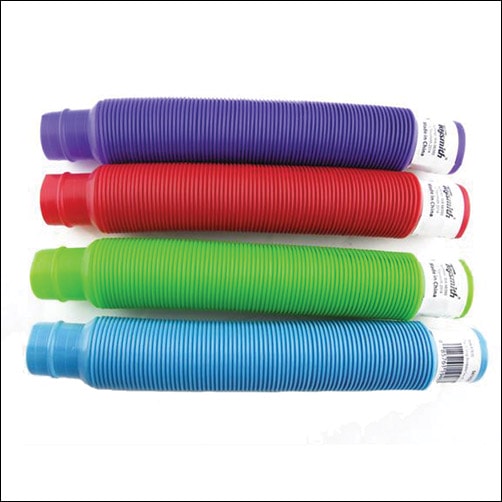
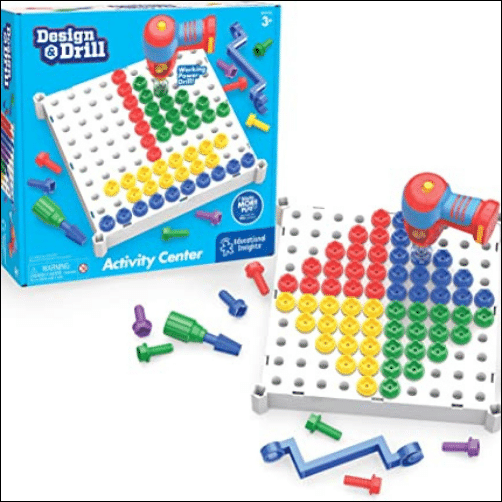
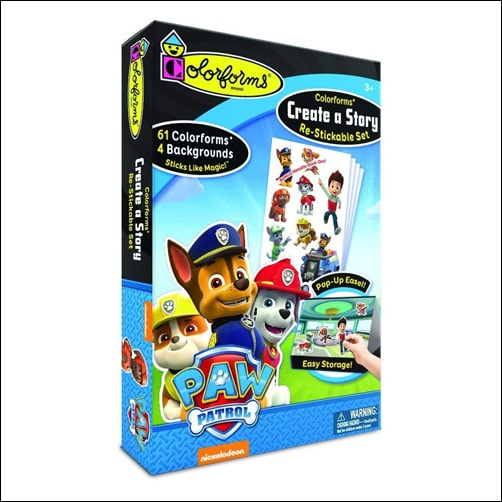

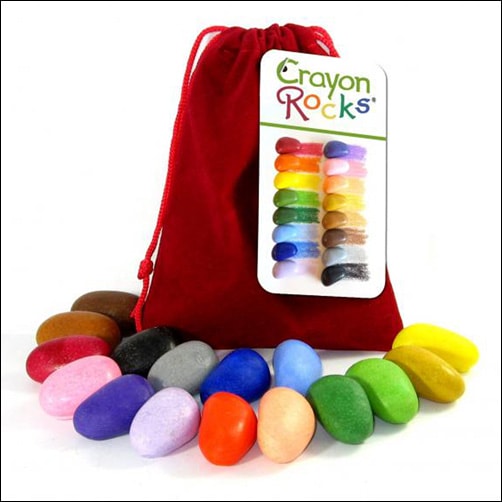
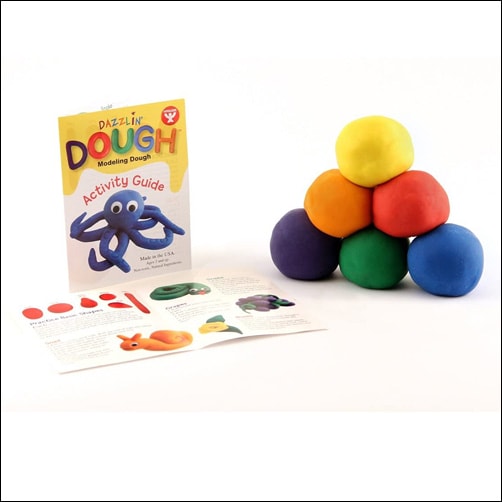
Level 3
The next stage of development is marked by the ability to complete tasks that require the separation of the two sides of the hand; the ‘power side’ and the ‘skilled side’. The power side of the hand is what we use when we engage in activities that require strength like opening a jar; actions like squeezing a toy or playing in putty or playdough are great ways to develop these muscles. The skilled side of the hand is what we use when we engage in activities that require refined movements like writing, tying, or fastening a button. To develop these muscles we must engage in activities that predominantly require the use of the thumb and first two or three fingers; actions like winding the small knob on a wind up toy, using the first fingers to grab, grasp or manipulate objects, and using one finger to push a button or lever are all great ways to develop these muscle. The development of the separation of the two sides of the hands is important for academic and self care tasks.
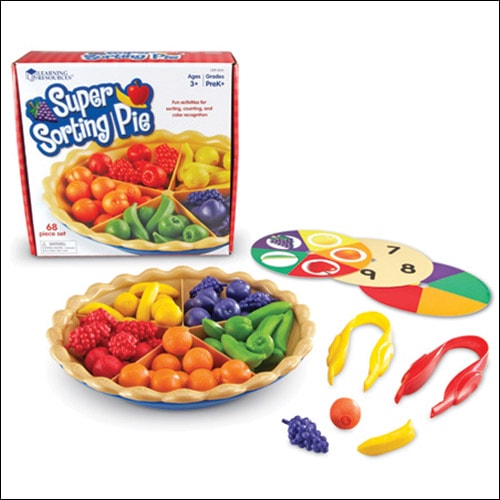
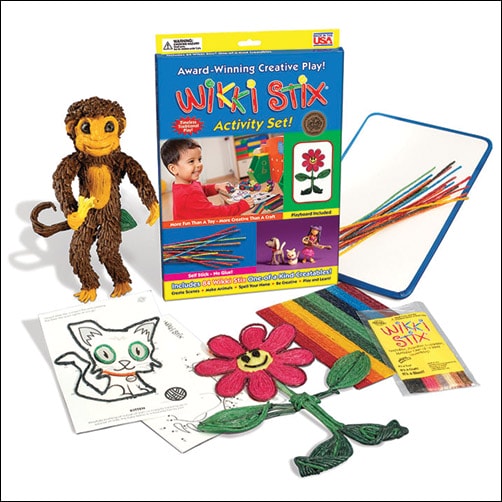
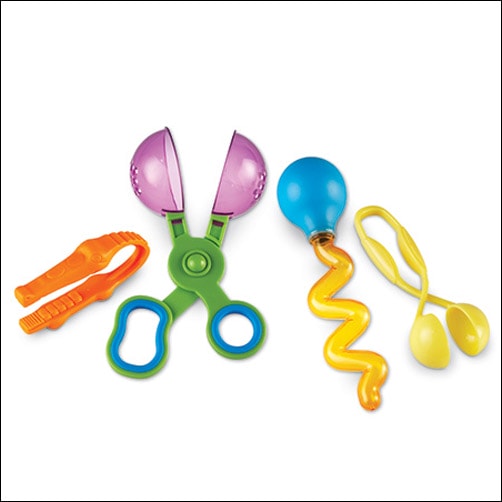
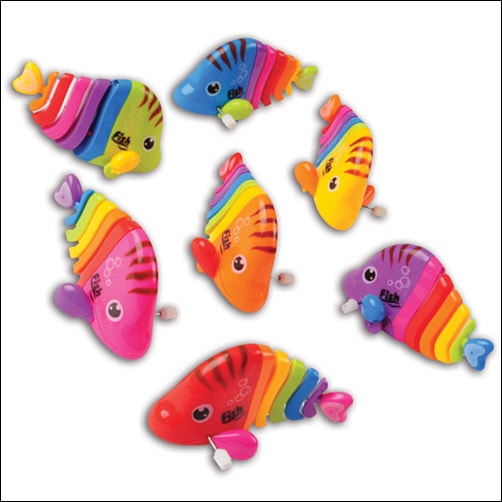
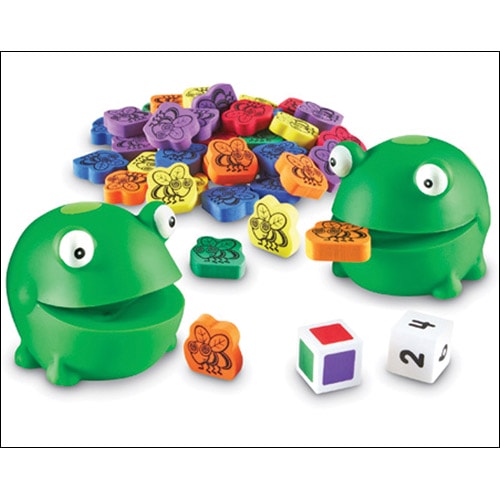
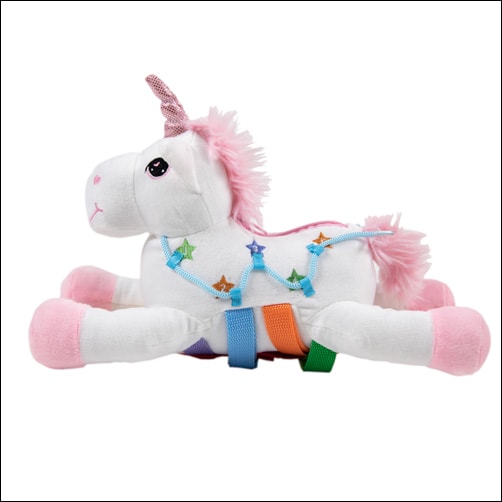
Level 4
Hallmarks of this stage of fine motor skill development include the skilled coordination between the two sides of the body and a mature pencil grasp. Games like Froggy Feeding Fun and activities with Wikki Stix or Playdough are still great but now activities that require refined skill can also be introduced.

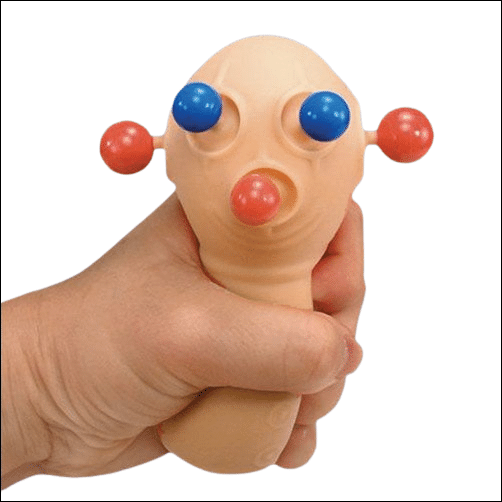
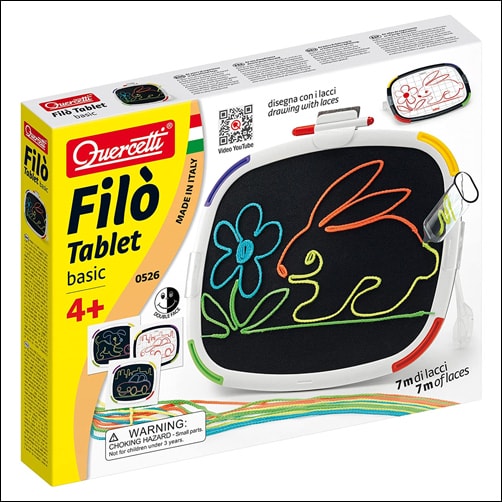

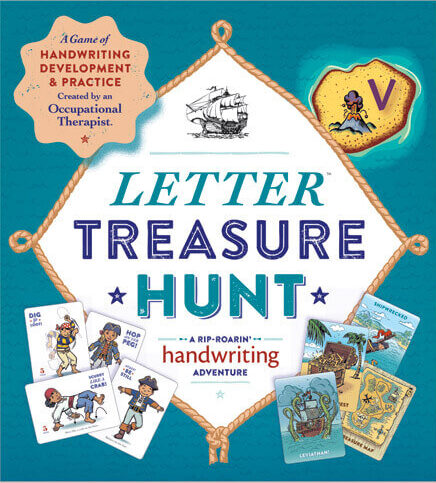

Choosing activities that are developmentally appropriate will ensure not only engagement but will also promote continued fine motor skill development.






 Touch
Touch Smell
Smell Sight
Sight Hearing
Hearing Oral
Oral Vestibular (balance and movement)
Vestibular (balance and movement) Proprioception
Proprioception